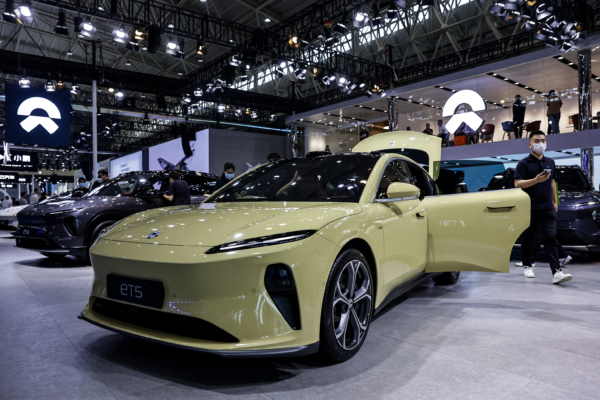In January 2025, the sales of new energy vehicles in China saw a significant decline compared to the previous month, with many car manufacturers experiencing a drastic drop in sales.
On February 1st, several Chinese new energy car companies released their sales data for January 2025.
The data revealed that Hongmong Intelligent Mobility delivered a total of 34,987 new vehicles, marking a 29.28% decrease from the previous month, while still leading in monthly sales volume.
Xiaopeng Motors delivered 30,350 new vehicles, boasting the smallest month-on-month decline at 17.3%, securing the second spot in monthly sales performance.
Li Auto delivered 29,927 new vehicles, showing a 48.85% decline compared to the previous month, sliding down to third place. Li Auto was the sales champion among new forces in 2024, with total annual sales exceeding 500,000 vehicles.
Leapmotor delivered 25,170 new vehicles, experiencing a 40.8% decrease; Xiaomi Auto surpassed 20,000 new vehicle deliveries with a 20% decline; NIO delivered 13,863 new vehicles with a 55.5% decrease.
Xpeng delivered 11,942 new vehicles, witnessing a 56.08% decline; GAC Aion had a global sales volume of 14,393 vehicles, dropping by 69.28% compared to the previous month; Deep Blue Auto delivered 24,575 new vehicles, marking a 32.81% decline; Arcfox delivered 8,826 new vehicles with a 20.25% decrease; and Ranz Motors delivered 8,009 new vehicles, showing a 34% decline.
According to Redstar Capital Bureau, the investigation results indicated that the inventory alert index for Chinese automobile dealers in January was 62.3%, increasing by 2.4% year-on-year and 12.1% month-on-month. The inventory alert index surpassed the prosperity and decline line, placing the automotive circulation industry in a recessionary phase.
77.7% of dealers believed that the automotive market in January did not meet expectations; 41.0% of dealers stated that the January sales volume dropped by more than 10% compared to December last year. The Circulation Association estimated that the final sales volume of passenger cars in January was approximately two-thirds of December last year, around 1.85 million units.
The report mentioned that most dealers increased efforts to clear inventory before the Chinese New Year and adjusted the pace of vehicle intake in January. However, due to poor overall market sales in January, inventory pressure increased. Losses from new car sales remain widespread, and the cash flow situation of dealers has yet to ease.
The Chinese automotive industry faces overcapacity, with severe internal turmoil among manufacturers and intense price wars. According to Car Quality Network’s data collection and analysis, from 2020 to present, 35 automotive brands have officially exited the Chinese market through bankruptcy, closure, or restructuring.
An inventory by AC Auto found that from 2020 to February 2024, 24 companies had halted operations, involving an estimated 6 million car owners and their aftersales issues.
He Xiaopeng, CEO of Xiaopeng Motors, remarked, “2024 was the first year of intense competition in the ‘blood ocean’ for Chinese new energy vehicle brands, the first year of elimination.”
Li Xiang, CEO of Li Auto, stated that the Chinese new energy vehicle market would undergo a turning point in 2025. For Li Auto to secure at least a 20% market share, it must have the chance to obtain a ticket for the next competition. This also implies that a maximum of five new energy vehicle companies will have the opportunity to survive in the future.

